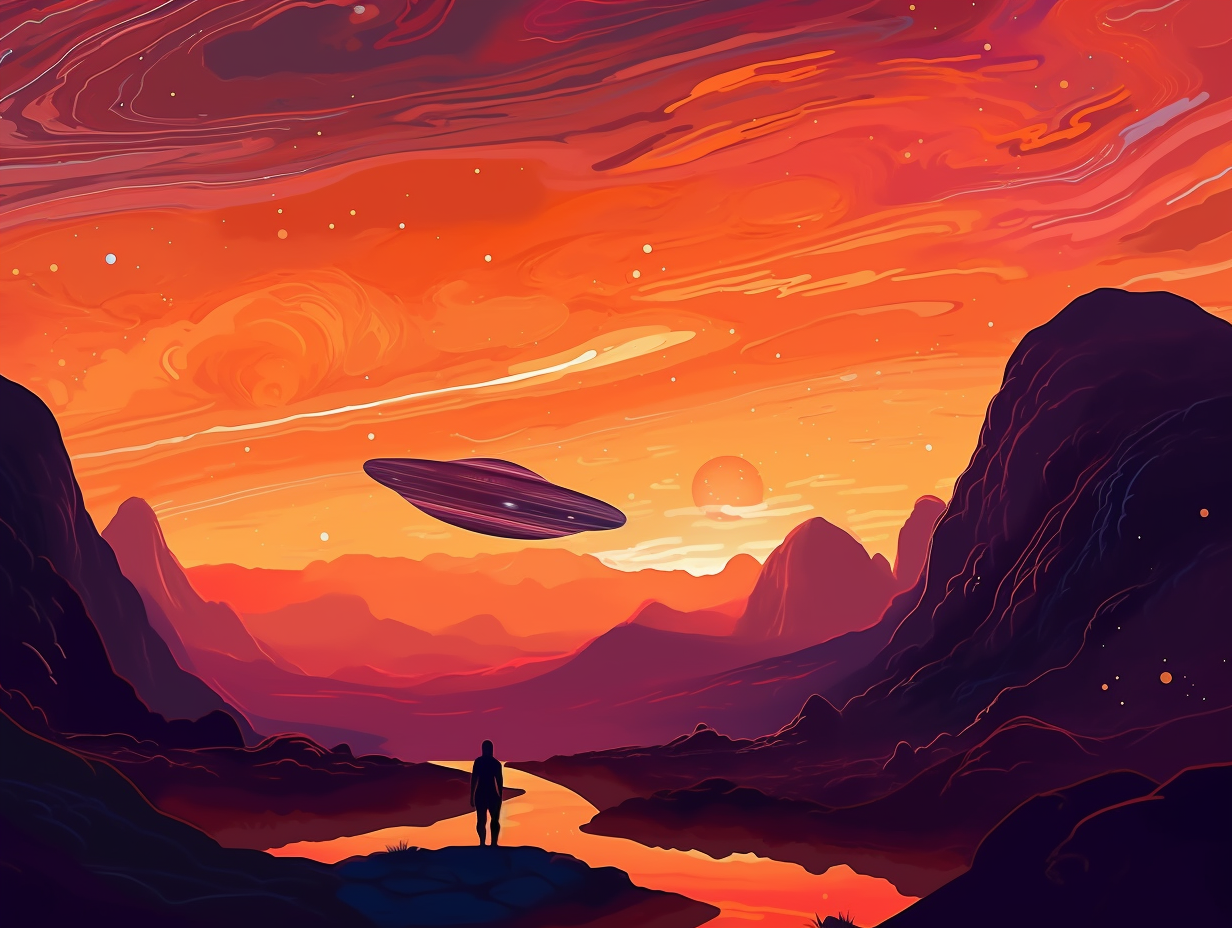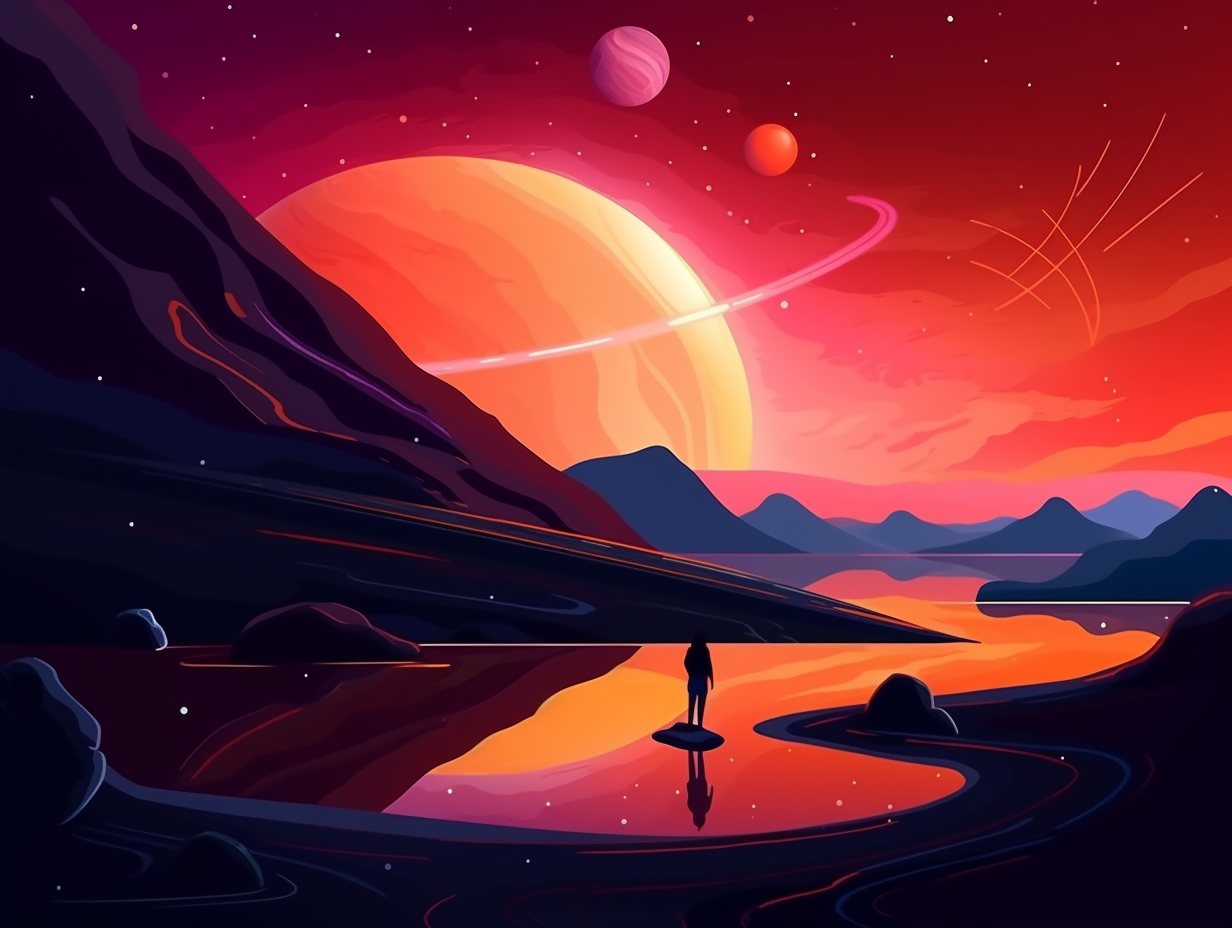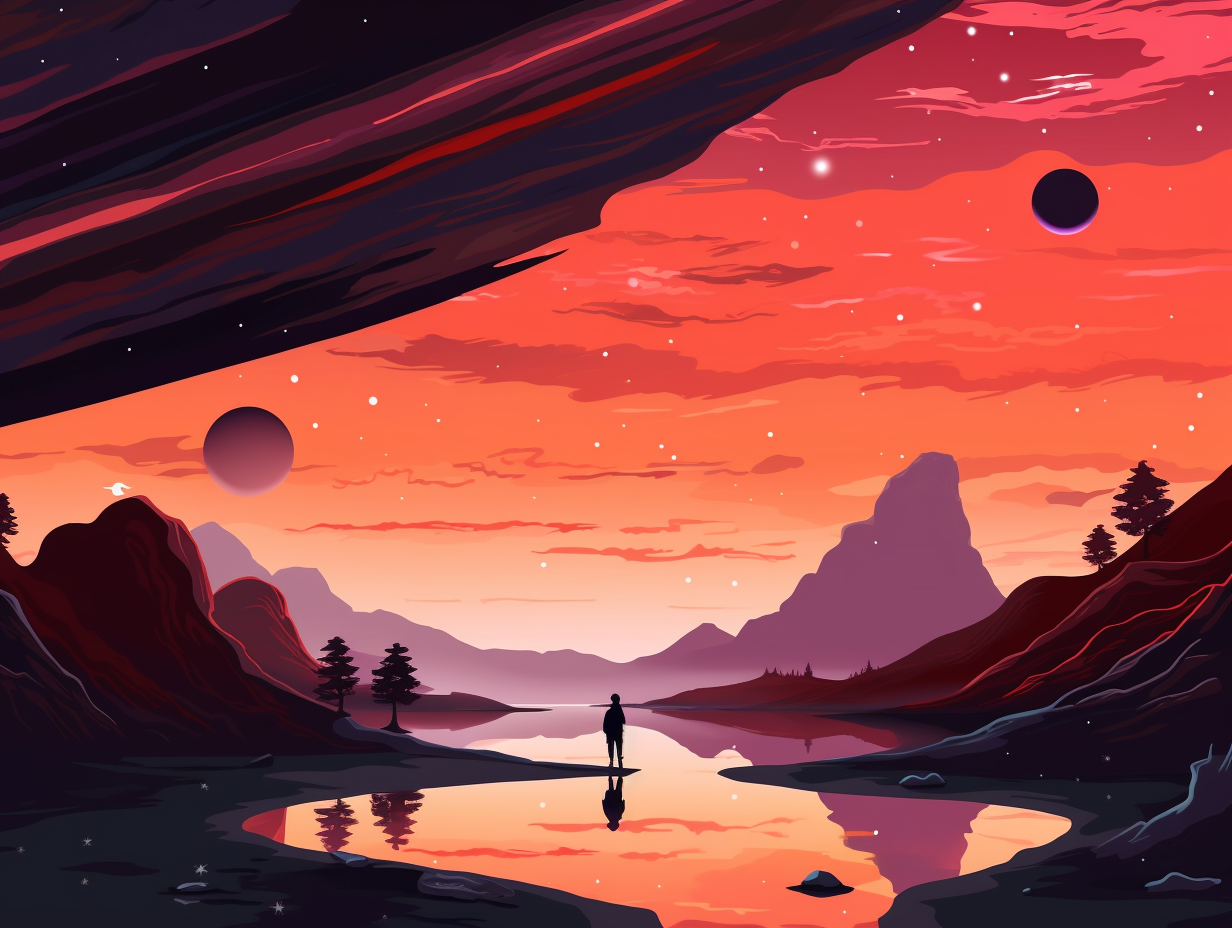Discover the Cosmos: Top 13 Amazing Fun Facts About the Andromeda Galaxy

1. Fashionably Late Andromeda
If the Andromeda Galaxy were a guest at a cosmic party, it'd be the one who arrives fashionably late and outshines everyone in the room: This cosmic diva, also known as M31, is not only the brightest object visible in the night sky, but also the largest galaxy in the Local Group, dwarfing even our very own Milky Way with a diameter of 220,000 light-years – all while lounging a cool 2.5 million light-years away from us.
Source => astronomy.com
2. Cosmic Collision Course
Hold on to your Milky Ways, because we've got a cosmic crash course coming: The Andromeda Galaxy, the colossal neighbor of our own galaxy, is set to collide with the Milky Way in about four billion years. But fear not, stargazers! This gravity-driven slow dance will result in a merged mega-galaxy, and the vast distances between stars ensure we don't end up in a space mosh pit. Meanwhile, admire Andromeda in all its 2.5-million-light-years-away glory - it's the brightest external galaxy visible to us!
Source => earthsky.org

Did you know our galaxy has its own dance moves? The Milky Way rotates at varying speeds, taking 225-250 million years to complete one cosmic year. Find out more about this astronomical dance party!
=> Fun Facts about The-Milky-Way
3. Gravitational Ballet
When galaxies get touchy-feely: The Andromeda and Milky Way galaxies are actually starting to play intergalactic footsie, as their halos have already begun to overlap. A recent study, courtesy of Project AMIGA, reveals that the Andromeda galaxy's vast halo extends up to half the distance to our Milky Way, and even reaches up to 2 million light-years in some directions. It seems the cosmic dance of these two galaxies, set to become one gargantuan elliptical galaxy, has already started to spin on nature's grand ballroom floor.
Source => earthsky.org
4. Stellar Résumé Showdown
If the Andromeda Galaxy had a résumé, it might boast about its "stellar" numbers and "out-of-this-world" references: But seriously, folks, while Andromeda has around 1 trillion stars compared to the Milky Way's 200 billion to 400 billion, recent measurements reveal that the Milky Way may actually have a total mass equal to or even greater than its larger galactic neighbor.
Source => forbes.com

5. Celestial Fender-Bender
Talk about a cosmic car crash: In roughly 4 billion years, the Andromeda Galaxy and our own Milky Way will engage in a celestial fender-bender, ultimately transforming their thin disk shapes and birthing a single elliptical galaxy about 6 billion years from now.
Source => hubblesite.org
6. Black Hole Ruckus
Picture this: the celestial dance floor is throbbing with stellar energy, and suddenly a gravitational two-step plays out, bending and snapping stars' orbits like glow sticks at a cosmic rave. The culprit: a couple of black holes merging and kicking up a gravitational ruckus in the Andromeda Galaxy's hip new club, the Elongated Central Disk. The serious reveal: Scientists have discovered that the Andromeda Galaxy's elongated shape is due to the gravitational recoil kick generated by two black holes merging, causing the remaining supermassive black hole to potentially zip out of the galaxy altogether at high speeds.
Source => sci.news
7. Stargazing Sidekick
Ever felt lonely stargazing in the dark, and all you needed was a good sidekick?: Grab a pair of binoculars and say hello to the Andromeda Galaxy! Located a mere 2.5 million light-years away, this faint cosmic neighbor can be spotted year-round from the UK by taking cues from Cassiopeia and gazing into the northeastern sky, revealing a seemingly small cloud that's actually an entire galaxy waiting to be admired.
Source => sciencefocus.com
8. Cosmic Peeping Tom
Did you know that the Andromeda Galaxy is the ultimate Peeping Tom, staring at our Milky Way from 2.5 million light years away, with a size that could easily outshine six full Moons? Don't worry, it's not creepy, just astronomical: The Andromeda Galaxy, or M31, is the closest spiral galaxy to us and boasts a halo extending up to 2 million light years from its center, offering a splendid view for stargazers and crucial insights into cosmic evolution.
Source => astronomy.com
9. Counter-Rotating Dance Moves
When the Andromeda Galaxy swaggered into the cosmic speed dating scene, it couldn't resist showing off its counter-rotating dance moves – likely thanks to a steamy galactic merger from 100 million years ago: This celestial collision not only gave the galaxy's gas disk a cha-cha-chic counter-rotation but also sprinkled a fresh bunch of stellar youngsters, aged just around 100 million years, in the central region for that extra cosmic flair.
Source => en.wikipedia.org

10. Galactic Pirate Plunder
Ahoy there, cosmic pirates! The Andromeda Galaxy might not wear an eyepatch or a hooked hand, but it does have a taste for plundering booty. Yo ho ho and a gobble of galaxies: The Andromeda Galaxy has experienced two major feeding events in its history, where it devoured smaller galaxies to support its growth. The evidence lies in the Dulais Structure, a globular cluster of stars, which seems to have originated outside the galaxy and may represent the leftovers from those galaxy-sized feasts. Arr!
Source => space.com
11. Cosmic Game of Tag
A celestial game of "Tag, you're it!" awaits the Milky Way and Andromeda galaxy: Turns out, when the two galaxies eventually collide in a few billion years, there's a small chance that our very own solar system could be exiled to the outer reaches of the merged mega-galaxy – though, don't worry, Andromeda hasn't pickpocketed stars from us in previous encounters.
Source => space.com
12. Pancake Breakfast Core
Like an intergalactic pancake breakfast gone awry, the Andromeda galaxy's core is one stack of stars you don't want to flip: This extraordinary celestial phenom features a disk of over 400 hot, young stars tightly packed in a pancake shape just a light-year across, whipping around a supermassive black hole at 3.6 million kilometers an hour, all wrapped up in an enigmatic elliptical ring of cool, elder stars.
Source => sci.esa.int
13. Milky Way's Swirling Romance
In a galactic tango only visible if you took a four-billion-year time-lapse, our Milky Way is set to make a swirling romantic rendezvous with the Andromeda galaxy, and they'll eventually merge as one in the grand spectacle known as the "Milkdromeda": In approximately 4 billion years, the two galaxies will collide, losing their separate spiral structures, causing a burst of new star formation, and essentially coalescing as a single, massive elliptical galaxy at the heart of our local cosmic neighborhood.
Source => bigthink.com
Related Fun Facts




















